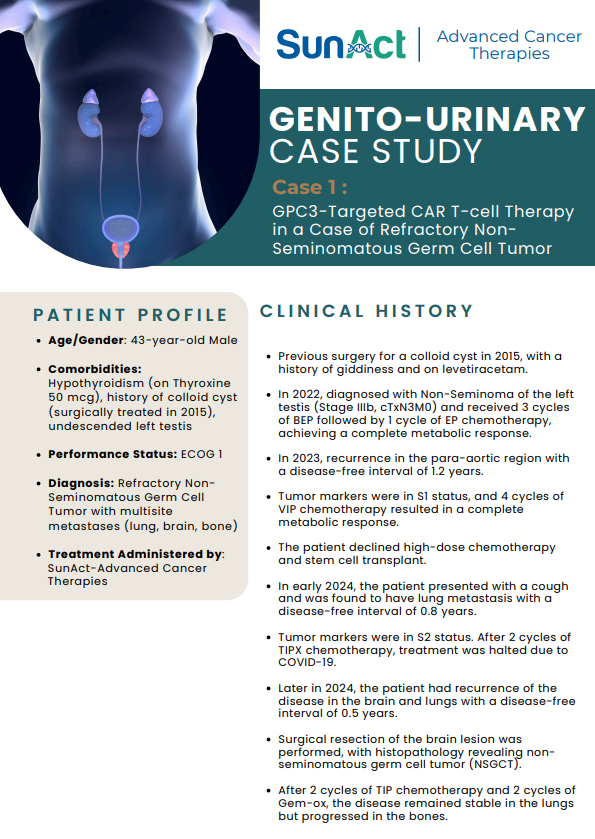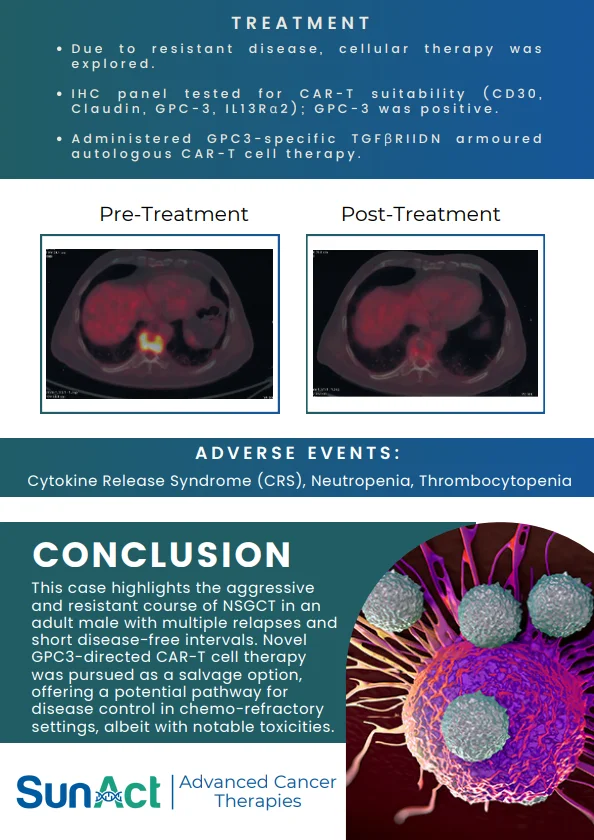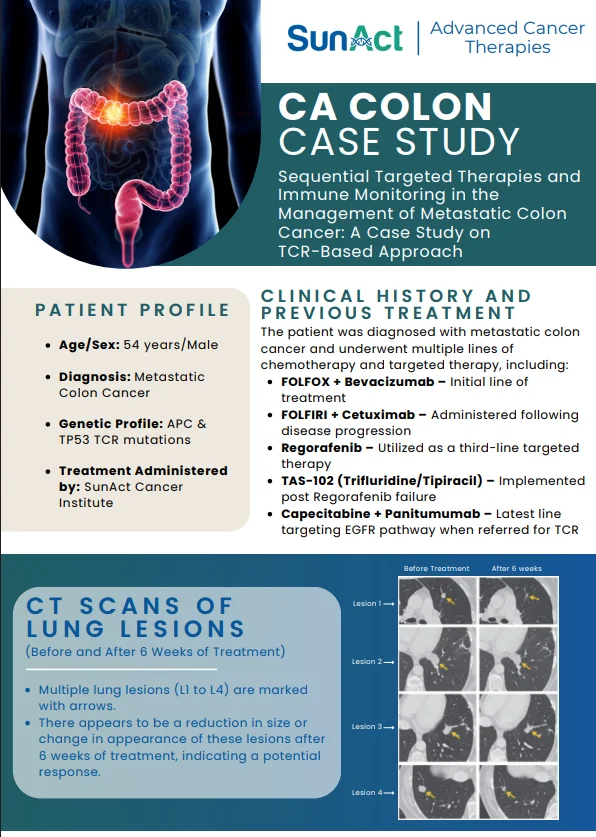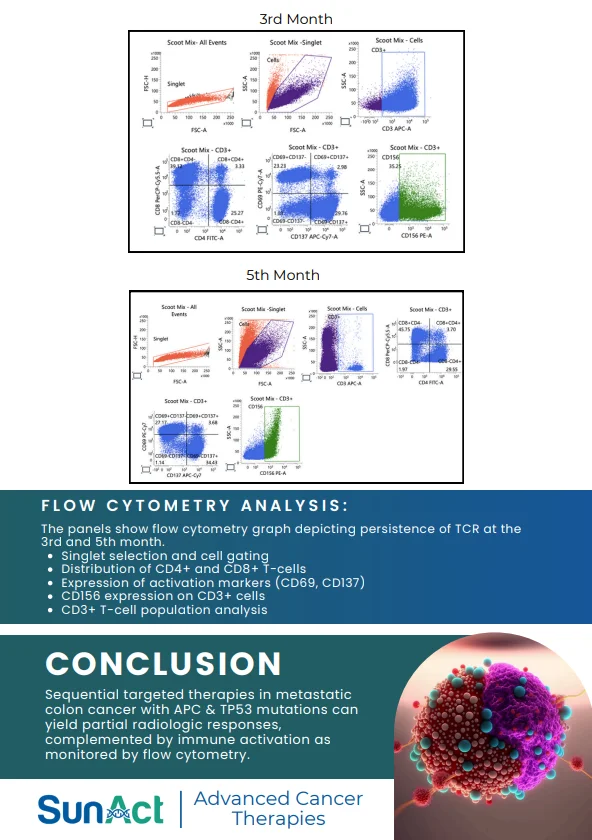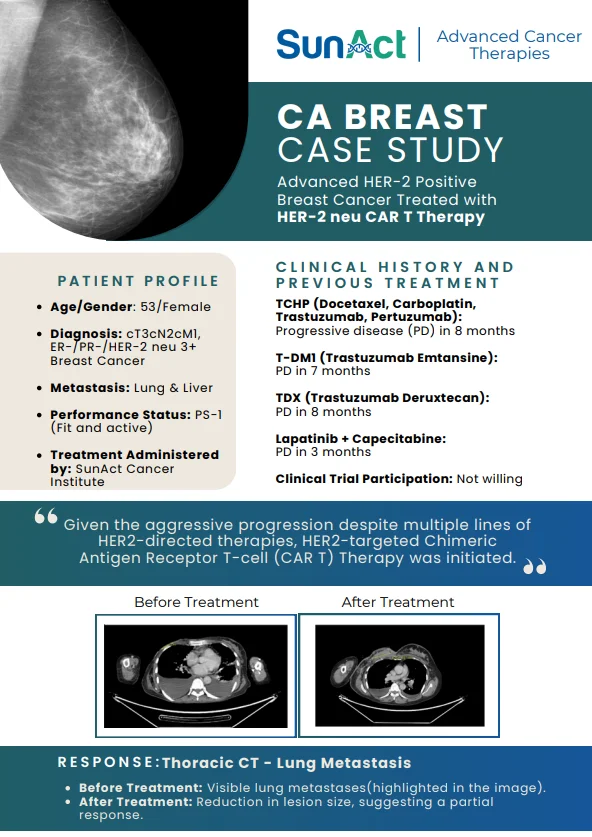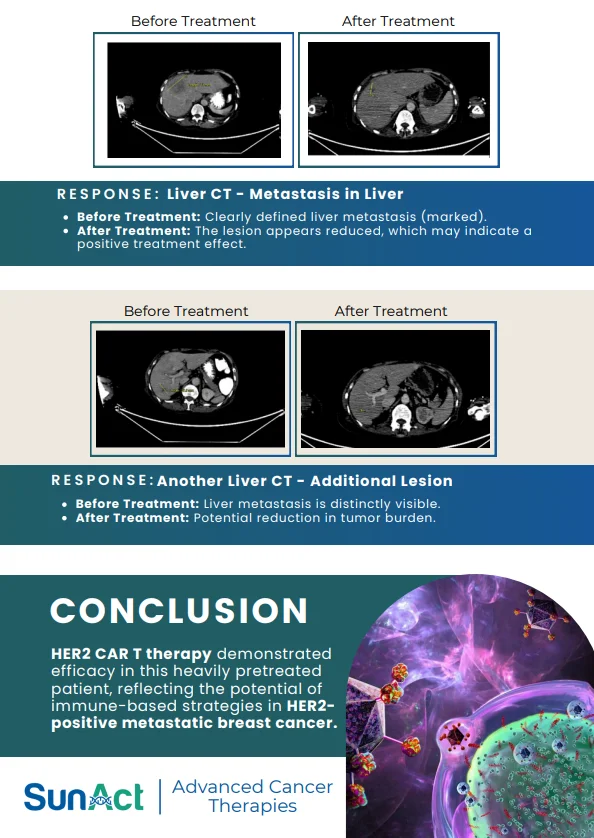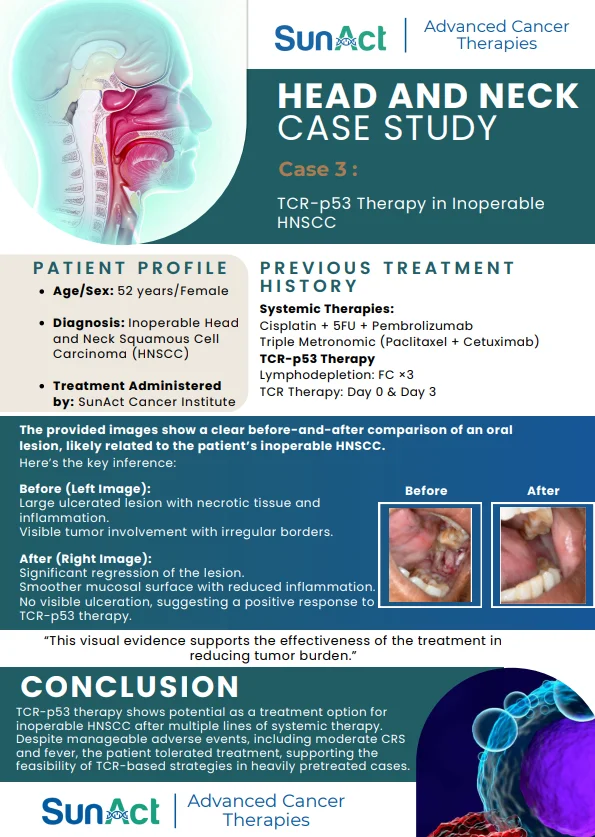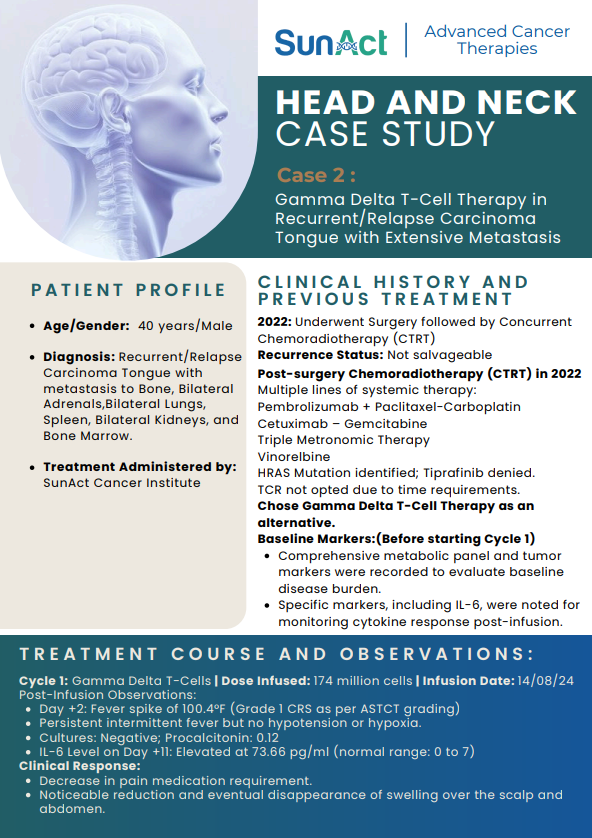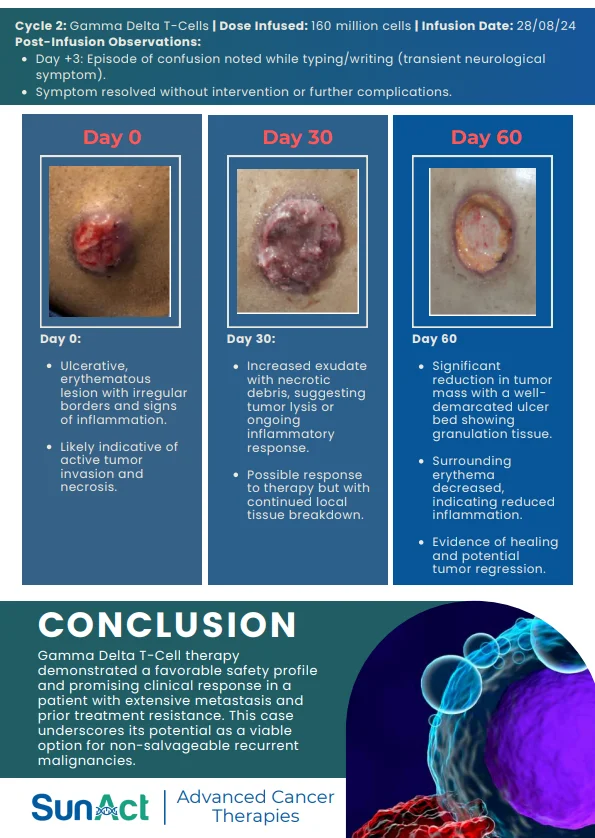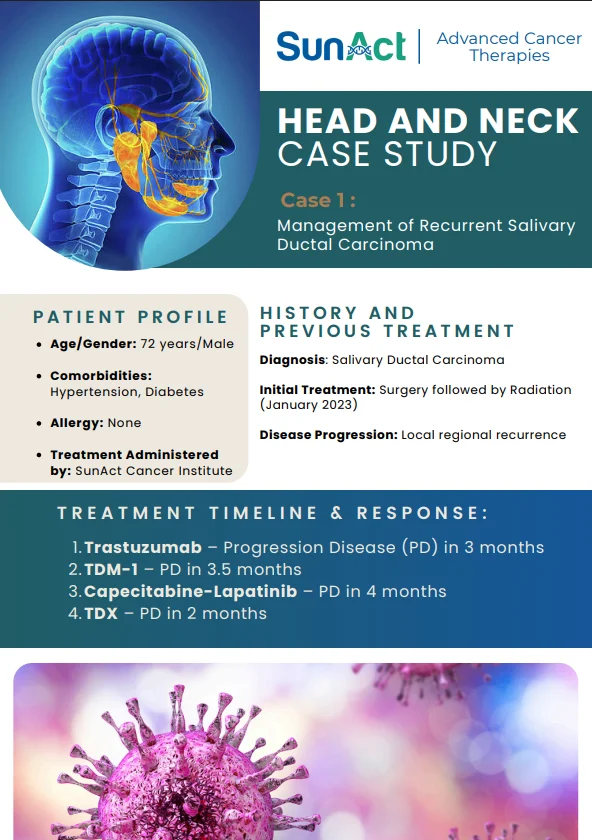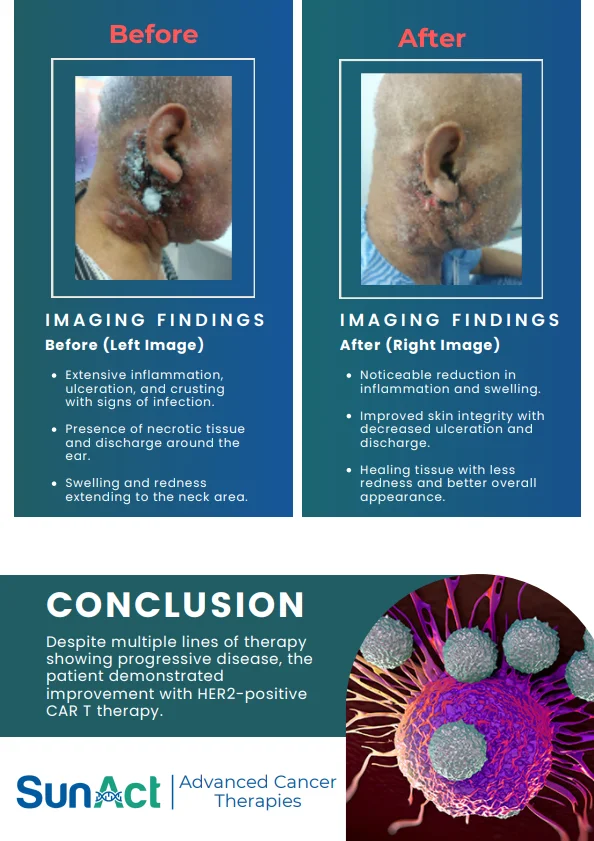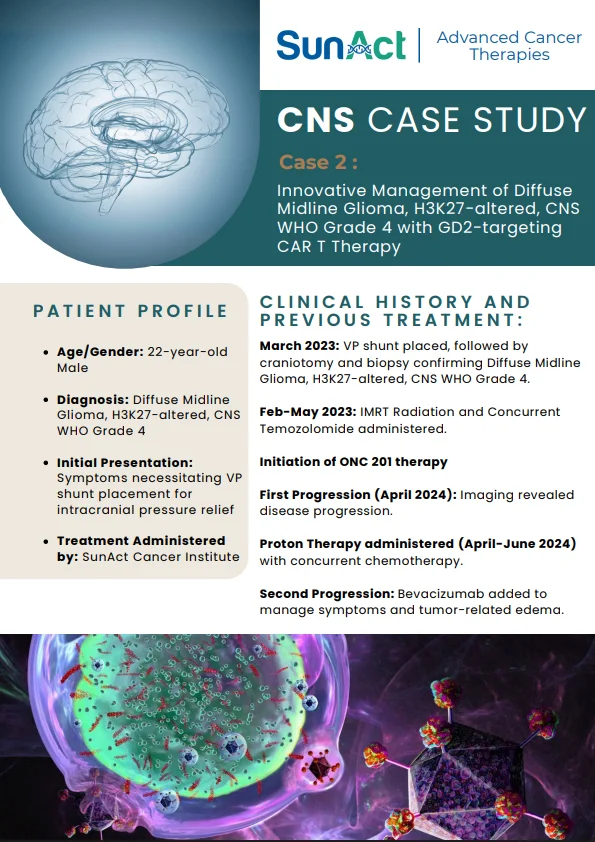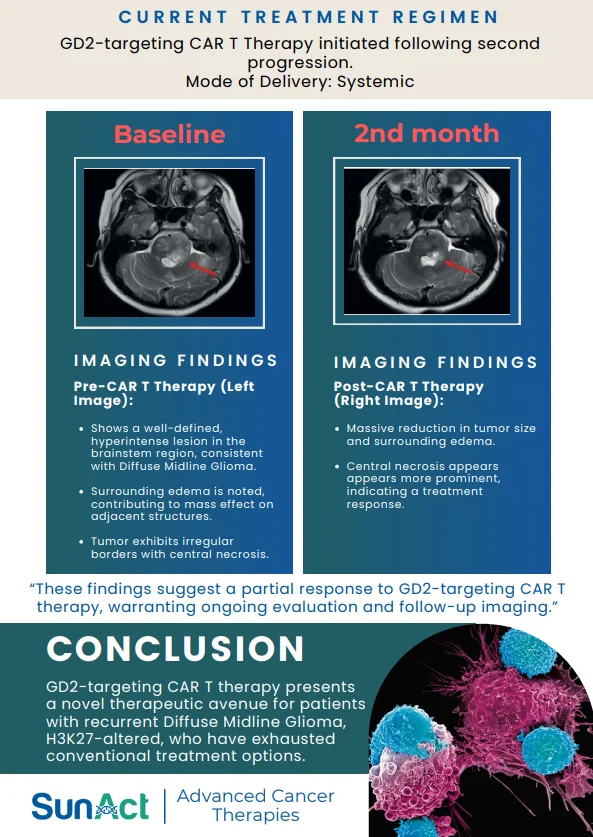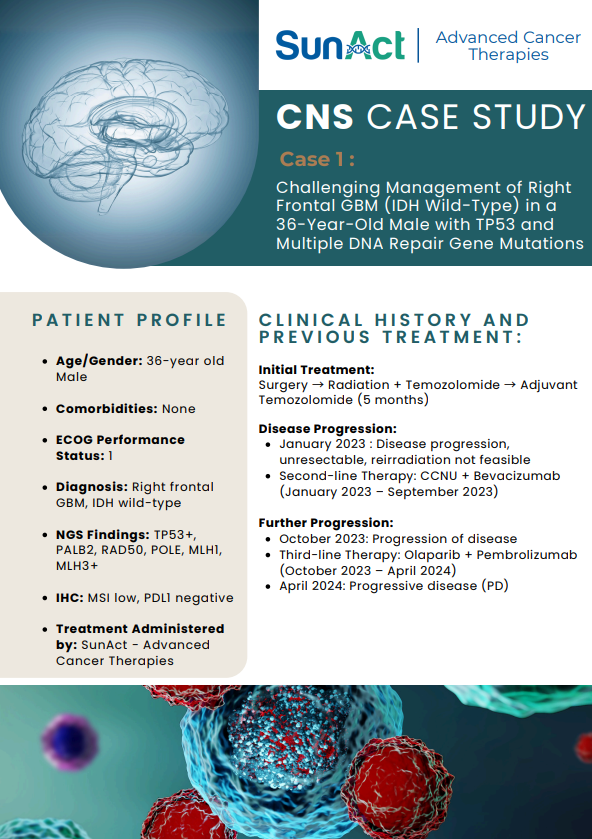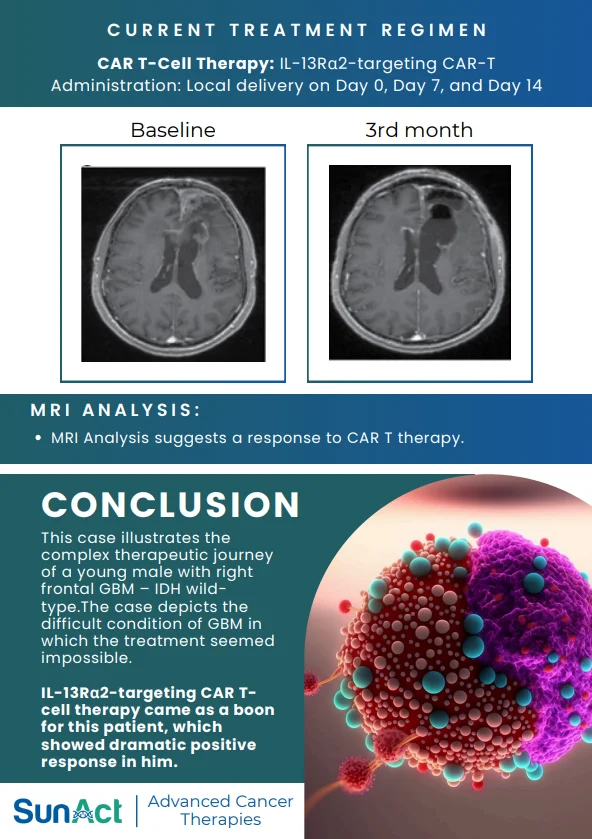Gene Editing is performed using enzymes, particularly nucleases that have been engineered to target a specific DNA sequence, where they introduce cuts into the DNA strands, enabling the removal of exiting DNA and the insertion of replacement of DNA. Key among gene–editing technologies is a molecular tool known as CRISPR–Cas9.
Precision: Targets specific genetic mutations associated with cancer, potentially leading to more effective treatments.
Personalization: Tailored to the genetic profile of the patient’s cancer, enhancing the likelihood of a successful outcome.
Potential for Long-Term Results: May offer the possibility of long-term remission or cure by correcting underlying genetic issues.
Gene Editing Therapy is primarily used to treat:
The therapy may involve outpatient procedures or hospital stays depending on the approach used.
Regular follow-up visits are necessary to monitor for side effects and assess the effectiveness of the treatment.
Side effects and recovery experiences can vary; patients may experience temporary discomfort or immune-related reactions.
Gene Editing Therapy is unique because:
Eligibility depends on factors such as:
A thorough evaluation by a healthcare team is necessary to determine if gene editing therapy is suitable for you.
Success rates can vary based on cancer type and individual patient factors. Clinical trials are ongoing to assess the effectiveness and safety of gene editing therapy, with promising results indicating its potential for significant impact.
If gene editing therapy does not achieve the desired results, alternative options may include:
Mumbai (Thane, Khar) | Kerala (Thodupuzha) | Nashik
Phone: +91 86553 13412
Toll Free: 1800 202 2232
Disclaimer : We will be using this information for calling purposes only.
Disclaimer : We will be using this information for calling purposes only.
